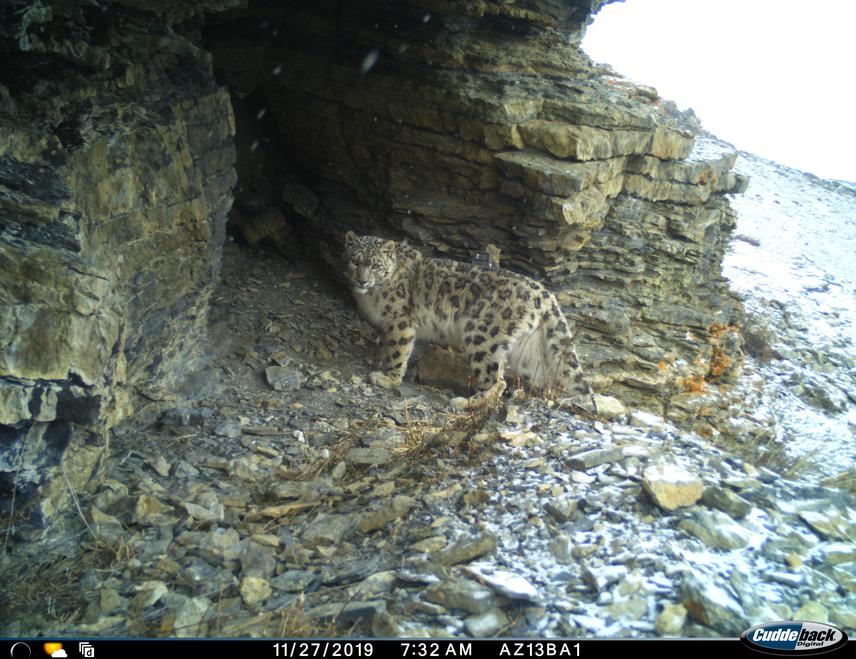Kabindra Shahi
Livestock depredation, the main driver of human-snow leopard conflict, has been one of the central threats to snow leopards’ conservation across their range in the Asian high mountains (Chetri et al., 2019). Livestock depredation poses a significant economic burden on pastoral communities (sometimes as high as half of their annual income) (Mishra, 1997). Consequently, it provokes livestock owners to retaliate against snow leopards (Oli et al., 1994). Community-managed livestock insurance scheme (LIS) has been promoted as a mitigation measure to support snow leopard conservation. LIS, unlike private insurance, is completely managed by the local community by collecting a premium of livestock for an insurance fund. It not only offset the economic loss of livestock killed but also increases community engagement and active participation in managing the insurance fund. However, there is lack of evidence on the effectiveness of such initiatives. In addition, livestock owners have little to no knowledge about insurance schemes and compensation payment process. Therefore, this project aims to evaluate the effectiveness of LIS and educate herders and livestock owners on the insurance scheme and compensation payment process. The project location is Nyesyang Valley, which lies northeast of Manang district in the Annapurna Conservation Area (ACA), Nepal. We will use household surveys and conservation education to accomplish project objectives.

A snow leopard caught in a camera trap. © Government of Nepal and WWF- Nepal.
Household Surveys: We will conduct semi-structure households’ surveys to assess LIS effectiveness for actively insured livestock owners and to estimate willingness to pay (WTP) for LIS of uninsured livestock owners. These surveys will generate valuable information to improve and extend LIS.
Conservation Education: We will conduct specific conservation education identified by previous study - a workshop for herders and compensation payment process and LIS training for livestock owners. We expect to engender positive attitudes for snow leopard in herders and livestock owners. In addition, we hope to empower livestock owners so that they are enabled to file compensation claims and better understand and manage LIS.
Overall, through education and empowerment of herders and livestock owners, we hope to improve tolerance and attitude toward snow leopards and conservation in general and through household surveys, we will generate valuable information, which will guide to make compensation process accessible and LIS effective. Together, these outcomes will play a significant role for the long-term snow leopard conservation.
Header: A typical mountainous village in Manang, Nepal. © Kabindra Shahi.